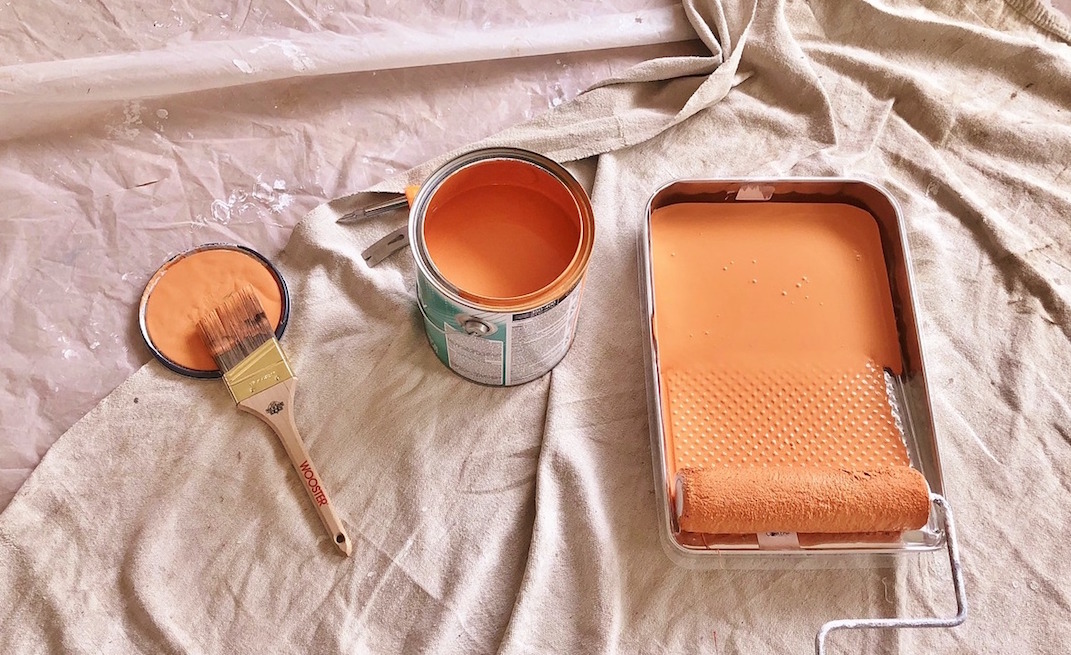What's Included?
Introduction
There’s no getting around it – unless you’re an absolute DIY genius, home repairs and renovations can be pretty expensive. Whether you’ve got urgent issues such as structural repairs, you are looking to increase the value of your home to resell, or you just think it’s about time for a good home makeover, funding home improvements is going to take some thought.
Perhaps you are lucky enough to have a great stash of money saved for projects like these, or for rainy day emergencies. However, if you don’t have enough saved to cover the whole home improvement project, you may well consider taking out a loan. So you can see what this involves, here’s a handy guide laying out 5 simple steps to getting a home renovation loan.
1. Estimate the cost of your home improvements
Before you even start looking for a loan for funding home improvements, you’re going to need a good sense of the potential cost of the project. This way you will have a realistic view of what size loan you’ll to need.
Get estimates from a few different contractors to make sure you get the best price possible. Then calculate an extra margin of 10% on top of whatever price you’re quoted. As anyone who’s renovated before will tell you, unexpected costs will always pop up when you least expect it.
You should decide at this point if you can pay for some of the renovation with your savings. If you pay cash for part of the project, you can apply for a smaller loan. This could reduce the total interest you end up having to pay, and make it easier to get a loan in the first place.
Once you’ve decided the size of the loan you need, you can use this loan calculator. This will help you find out what the monthly repayments would be for that amount.
2. Understand your credit file (and whip it into shape)
When lenders decide whether they’ll accept your application for a loan they will look at what rates to offer you. This will require a thorough check of your credit file. To make sure you’re in the best position to apply for a loan here’s a little tip for you. You should know what shape your credit file is in and fix areas where you are falling short.
Lenders will usually consider a whole bunch of factors, and rarely check your credit score, when assessing your application. This includes your payment history, employment situation, and how much of your income you spend on repayments.
Do you want to find out how lenders view you, and what practical steps you can take to improve your credit file? Sign up for a Credibble account and get your Lender Report, absolutely free.
3. Search for the right loan
The loan you choose to fund your home improvements will depend on three things. The cost of your renovation project, your personal financial position and credit history.
If your renovation is a small one, you may want to consider paying for it with an unsecured personal loan. This type of loan will let you borrow money over a number of years. This is generally at a fixed interest rate, for up to £25,000. The rates you’re offered will depend on your financial position. Such as how much you need to borrow, and the length of time in which you’ll pay it back.
If you’re undertaking a really huge renovation project and need to borrow a big sum of money, then you may want to look at secured loans. Using your house as collateral could let you borrow larger amounts of money at a lower rate of interest. You could also consider remortgaging as a way to access larger amounts of money for a big home improvement project. However, if you get one of these types of loans and then fail to make repayments, your home would be at risk.
You can use your free Credibble account to check which loans you are personally eligible for – our Silent Search feature lets you browse freely without leaving a mark on your credit file.
4. Apply for the loan you’ve chosen
Once you’ve decided which loan is the best fit for you, you’ll need to prepare all the necessary documentation. When you apply for a loan, you will have to present several key documents.
This includes things like proof of employment, proof of any supplementary income, and tax documents from the past few years. The lender will let you know what specifically you’ll need to provide. Don’t forget to double-check all these documents for any mistakes or inaccuracies, as this could affect your application.
Once you have this all ready, you’re finally in a position to put in your formal application. You can do this online easily through your Credibble account. Make sure to apply for a loan where you know you have a good chance of being accepted. Applying for credit and getting rejected looks bad on your credit file for future lenders.
5. Review the terms and sign on the dotted line
Congratulations, your loan application has been approved and you’re all ready to get started on renovations. Be sure to check that the interest rate and terms laid out by the lender on paper line up with what you were promised – never sign anything without making sure that the terms are what you expect!
Once you’ve signed on the dotted line, it’s time to get to work and beautify your home. Good luck, we hope it’s everything you’ve imagined.
Last Updated by Oliver Macmillan April 2022









